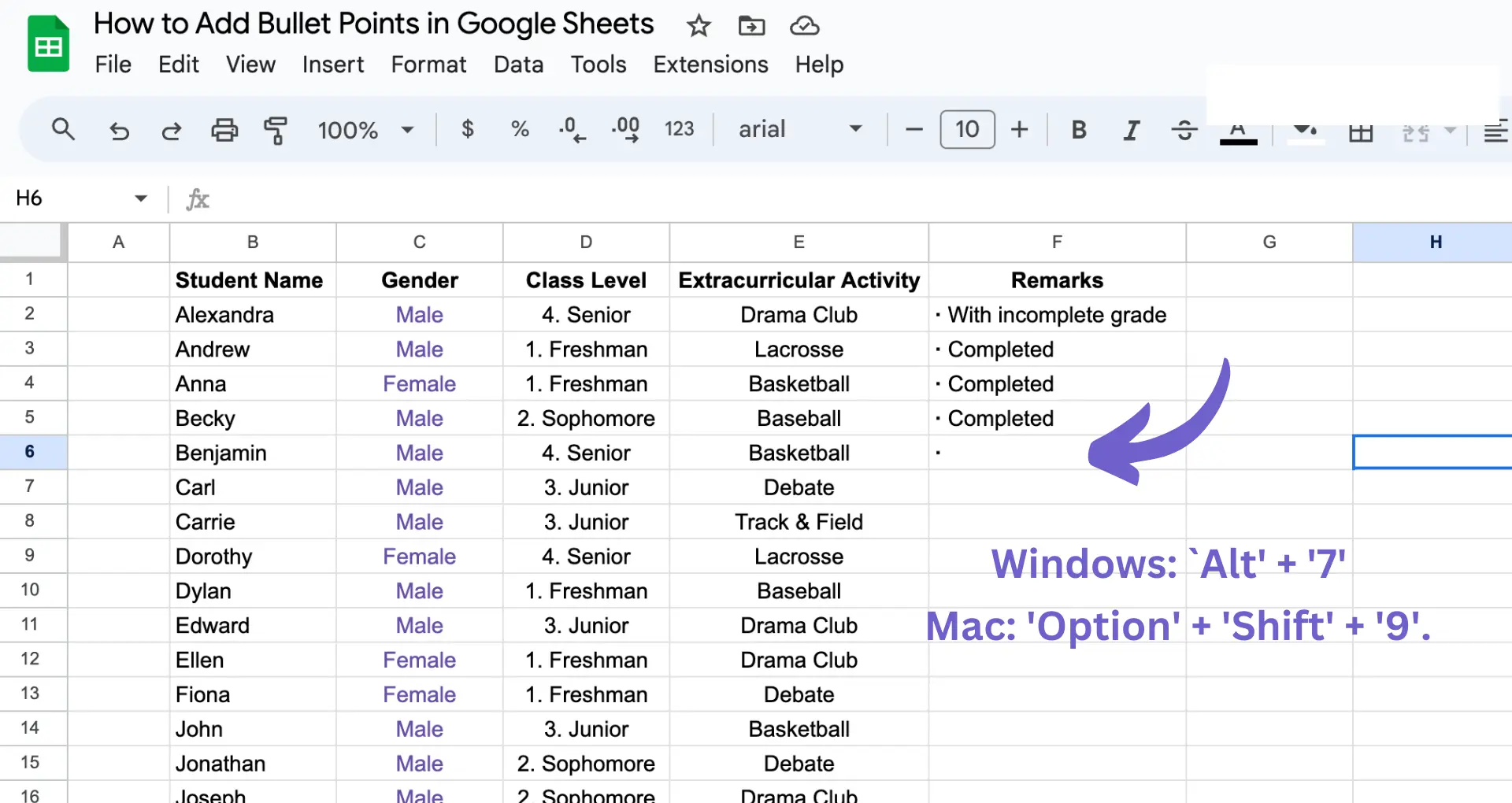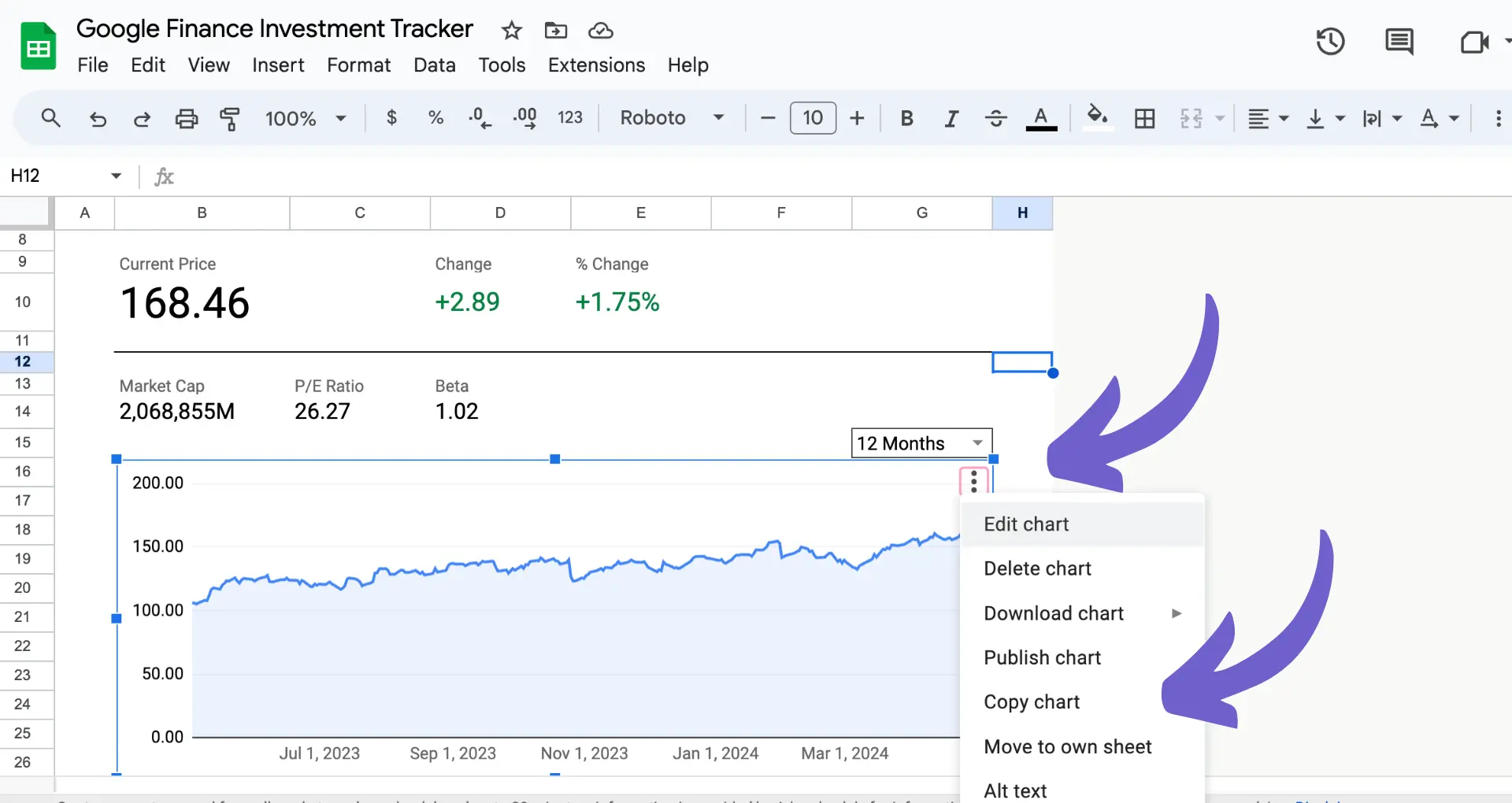Adding a new user in Salesforce is a crucial task for administrators to ensure the security and smooth operation of their organization's Salesforce environment. In this step-by-step guide, we will walk you through the process of adding a new user, from understanding user licenses and profiles to configuring user settings and permissions. By following these steps, you can efficiently manage user access and maintain the integrity of your Salesforce data.
Introduction to User Management in Salesforce
User management is a critical aspect of maintaining the security and efficiency of your Salesforce environment. As an administrator, it's your responsibility to ensure that users have the appropriate access to the data and features they need to perform their roles effectively. This includes:
- Creating and managing user accounts
- Assigning profiles and permission sets to control access to objects and features
- Setting up role hierarchies to manage record-level access
- Configuring organization-wide sharing settings and sharing rules
To add new users to your Salesforce org, you must have the "Manage Users" permission. This permission is typically included in the System Administrator profile, but it can also be assigned to custom profiles or permission sets as needed. By carefully managing user access and permissions, you can maintain the integrity of your Salesforce data and ensure that your organization's processes run smoothly. For more tips on building a robust prospect list, explore our detailed guide.
Preparing to Add a New User
Before adding a new user to your Salesforce org, it's essential to understand the different types of user licenses and profiles available. This will help you determine the appropriate level of access for each user based on their role and responsibilities. Here are the preliminary steps to take:
- Verify available licenses: Check how many user licenses are available in your Salesforce org. You can do this by navigating to Setup > Company Information and reviewing the "User Licenses" section.
- Understand user license types: Salesforce offers various user license types, such as Salesforce Platform, Salesforce Platform One App, Salesforce, and Chatter Only. Each license type grants different levels of access to features and functionality.
- Determine the appropriate user license: Based on the user's role and the features they require access to, select the appropriate user license type. For example, a sales rep would likely need a Salesforce license, while a marketing team member might only need a Salesforce Platform license.
- Understand profiles and permission sets: Profiles and permission sets control what users can do within Salesforce. Profiles are assigned to users and determine their baseline access, while permission sets grant additional permissions on top of the profile.
Save time by automating user license and profile management. Use Bardeen to set up and manage user permissions with ease.
By carefully selecting the correct user license and profile for each new user, you can ensure that they have the necessary access to perform their job effectively while maintaining the security of your Salesforce data.
Step-by-Step Process to Add a New User
To add a new user in Salesforce, follow these steps:
- Log in to your Salesforce account with an administrator profile.
- Click on the gear icon in the upper-right corner and select "Setup" from the dropdown menu.
- In the left-hand navigation menu, expand the "Users" section under "Administration Setup" and click on "Users".
- On the Users page, click the "New User" button.
- Fill out the required fields in the New User form:
- First Name
- Last Name
- Alias
- Email
- Username
- Nickname (optional)
- User License
- Profile
- Role (optional)
- Ensure that you assign the appropriate user license and profile based on the user's role and access requirements.
- Click "Save" to create the new user.
After creating the new user, an email will be sent to the user's email address with instructions on setting up their password and logging in to Salesforce. Consider using integration with Excel to manage user data efficiently. It's crucial to fill out the user detail fields accurately and assign the correct profile and license to maintain data security and ensure that users have the necessary access to perform their job functions effectively.
Configuring User Settings and Permissions
After creating a new user in Salesforce, it's essential to configure their settings and permissions to ensure they have the appropriate access to data and features. Here's how to set up user-specific features:
- From the user record, click on the "Permission Set Assignments" related list and then click "Edit Assignments".
- Select the appropriate permission sets to assign to the user based on their job requirements and click "Add".
- Click "Save" to apply the permission set assignments.
Next, set up the user's role in the role hierarchy:
- From the user record, click on the "Role" field and select "Edit".
- Choose the appropriate role for the user from the dropdown menu and click "Save".
The role hierarchy determines the level of access users have to data in Salesforce. Users can view and edit data owned by or shared with users below them in the hierarchy.
To enable email notifications for the user:
- From the user record, click on the "Email Notifications" related list and then click "Edit".
- Select the desired email notifications and click "Save".
Save time and reduce manual work. Connect Google Sheets with Bardeen to automate user settings and data sharing effortlessly.
Sharing settings also play a crucial role in controlling data visibility and access. Salesforce provides various sharing settings, such as organization-wide defaults, role hierarchies, and sharing rules, which administrators can configure to ensure that users have access to the data they need while maintaining data security.
Common Issues and Troubleshooting
When adding new users in Salesforce, administrators may encounter several common issues. One frequent problem is license limitations. Salesforce offers different types of licenses, and each org has a limited number of licenses available. If you try to add a new user and receive an error message stating that you've exceeded your license limit, you'll need to either purchase additional licenses or free up existing ones by deactivating unused users.
Another issue that may arise is role conflicts. Salesforce uses a role hierarchy to determine users' access to data, and each user can only have one role. If you attempt to assign a user a role that conflicts with their existing permissions or the org's structure, you'll need to review and adjust the role hierarchy accordingly.
If you encounter any issues or error messages while adding new users, here are some troubleshooting tips:
- Double-check that you have the necessary permissions to create new users.
- Ensure that you've selected the correct license type and profile for the user.
- Verify that the email address you're using for the new user is unique and not already associated with another Salesforce account.
- Check if you have enough available licenses for the type of user you're trying to create.
If you're still having trouble, consult the Salesforce Help documentation or reach out to Salesforce Support for further assistance. They have extensive resources and knowledgeable support staff who can help you resolve any issues you may be facing.






